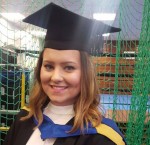‘If you accept that paint is coloured mud, and you put it on a canvas, you realize it is only a genius, like Turner or Rembrandt, who can turn it into air. It is the height of ambition, it seems to me, to be a painter. How do you do this: turn it into air, or a piece of silk, or a piece of flesh? How does Cézanne tap, tap, tap this thing, and turn it into this? It is a magical thing — it is alchemy. And it is your hands that do it.’ Walker, J.
Accepting the idea of paint as coloured mud is helpful in as much as it brings the endeavour, so often loaded with mystique, back down to earth. Degas was of the view that you could make a painting from mud – as long as it was warm or cool mud. Ideas come and go and the act of making a painting can be perplexing and not necessarily governed by logic or reason. Subject matter is not always straightforward in painting either. A painting by Edward Hopper for example might have as its subject, a motel room at night, but is that what the picture is really about? At the heart of the figurative painting project is the relationship between an image, in other words a form of depiction and how that image is made with coloured mud.
John Devane’s recent paintings are composite hybrid images which have been culled from a number of disparate sources. Devane focusses on ‘painting’ as a form of discreet art practice albeit in the context of a culture increasingly understood through the mediating prism of digital technology. The recent pictures combine primary source material with appropriated and mediated source material. It is something of a cliché in the age of reality television to talk about the blurring of reality and fiction, but Devane’s paintings are very much about that fluidity that exists (even if momentarily) between fiction and what might be called reality. Some of the figure paintings can be said to be portraits in the conventional sense, whilst others are inspired by the films of David Lynch, Alfred Hitchcock and Peter Greenaway. Some of the paintings combine a number of points of departure and there is a deliberate blurring – both literally and technically – in terms of what the pictures are actually about. The relationship with film is sometimes oblique rather than literal and invariably it is the memory of a particular film and perhaps its title which provides the catalyst for action. In this respect, the paintings are visual echoes of both real and remembered worlds.
About the artist: John Devane
John Devane is a figurative painter who has exhibited widely since graduating from the Royal College of Art. He was a finalist in 2013 BP Portrait award and exhibited in the 1995 BP Portrait award. He was shortlisted for the Garrick Milne Prize for Painting in 2005, and has work in a number of private and public collections including: Brunel University, Coventry University, the Imperial War Museum, Unilever Collection, Henley Business Management College and Ocean Transport and Trade PLC. John Devane is currently Head of Department of Design and Visual Arts at Coventry School of Art & Design, Coventry University in the UK.
Devane’s ‘Echoes’ exhibition runs from the 21st November – 20th December 2014, 12-6pm Monday-Saturday
There is also a private viewing: Thursday 20th November 5pm-8pm
For more information visit the Lanchester Gallery website

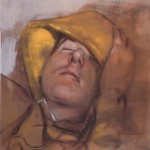
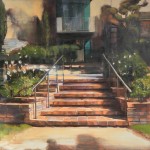
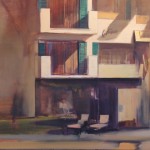
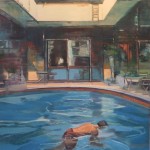
![13519-14 CSAD Success Email Footer FINAL[1]](http://blogs.coventry.ac.uk/uncovered/wp-content/uploads/sites/7/2014/11/13519-14-CSAD-Success-Email-Footer-FINAL1.png)

